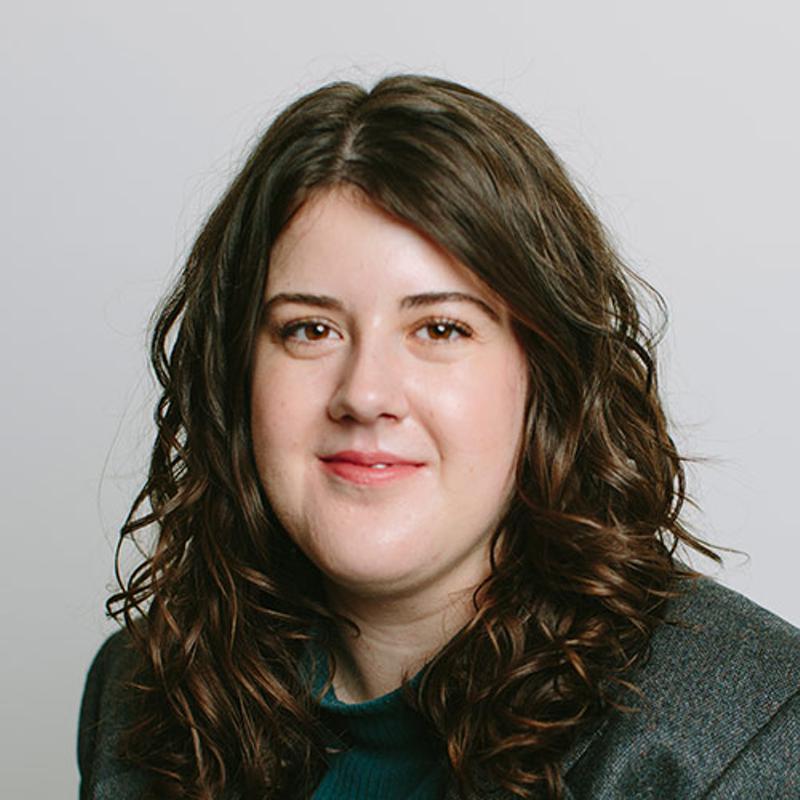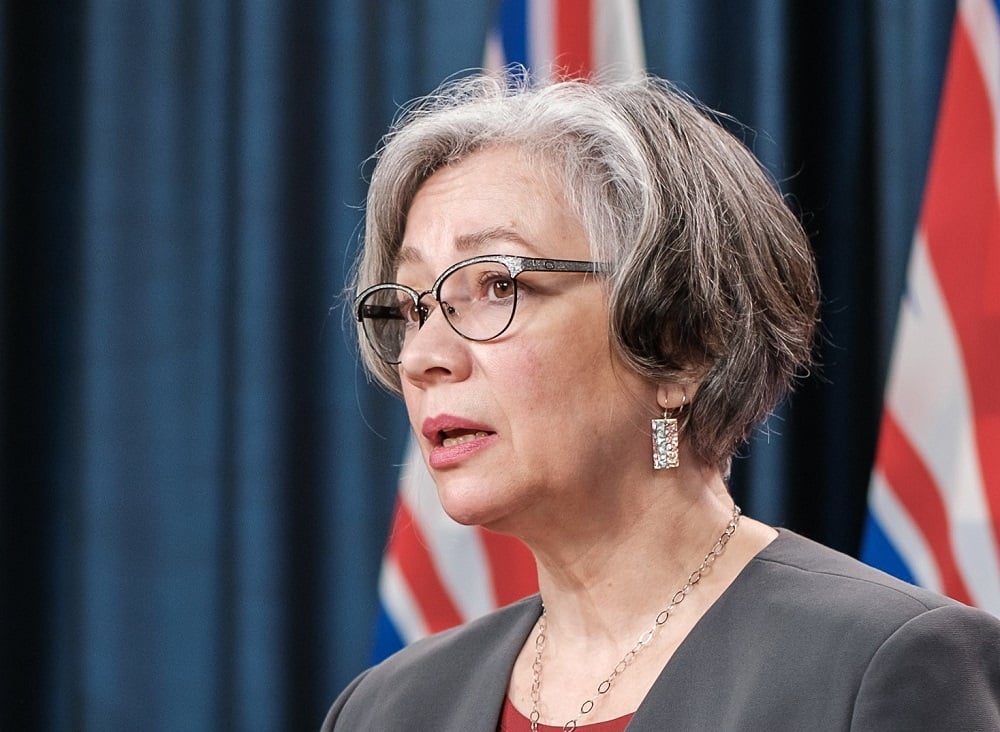Mental health and substance use services in British Columbia are getting a $1-billion boost over the next three years, focused on expanding treatment and recovery services across the province.
The increase will be at least $199 million in the coming fiscal year, as the eighth anniversary of the toxic drug crisis being declared a public health emergency approaches in April.
“People understand that mental health is health,” Finance Minister Katrine Conroy said as she tabled the budget today. “Our focus will be on expanding supports across the spectrum of care for people struggling with addiction.”
More than 11,000 British Columbians have died of toxic drug poisonings since 2016 and 2022 saw 2,272 people lose their lives to the contaminated drug supply.
The budget continues the treatment-oriented approach to the drug crisis that Premier David Eby has taken since launching his campaign for the NDP leadership last summer.
It also funds much of the Safer Communities Action Plan that Eby announced in November amid pressure from municipalities and the BC Liberals to address perceived increases in crime and public disorder.
But it’s largely silent on expanding provisions some public health experts have repeatedly called for, like safe supply and more overdose prevention sites, to protect people before they access treatment or in the event they never wish to.
Mental health and substance use services are funded and delivered by the Ministry of Health, while the Ministry of Mental Health and Addictions is supposed to provide co-ordination without money for actual service delivery.
In a December interview, Minister of Mental Health and Addictions Jennifer Whiteside said there is “no question decreasing the number of toxic drug deaths is going to continue to be the defining objective of all of our government's work.”
But the ministry’s service plan, released as part of the budget documents, does not list decreasing the number of people dying in its key performance measures, which include the number of naloxone kits distributed and reducing the number of people readmitted to hospital for mental health concerns within 30 days.
Conroy said the government’s “focus is on treatment and recovery.”
“We know how critically important those beds are for people across the province.”
Budget 2023, titled “Stronger BC for Everyone,” will see B.C. spend $586 million in the next three years to open 190 new and no-fee treatment and recovery beds in its disjointed system. Of these, 95 beds will be in Vancouver.
This is in addition to the 195 new treatment beds B.C.’s 2021 budget funded, 103 of which are operational.
An additional $184 million over the next three years will expand mental health and substance use early intervention for children and youth into 20 school districts by 2025, up from five forecast this year, and bring the number of Foundry youth clinics from 15 to 23 by 2025-26.
That funding will also expand programs that pair police with trained mental health workers, like Vancouver Police Department’s Car 87 program, and add peer-assisted crisis teams in 12 communities, including two Indigenous-led teams.
B.C. will also spend $67.7 million over three years on expanding prescribed safer supply for people at risk of drug poisoning, including prescription heroin and alternatives to street drugs. Vancouver-based research suggests prescribed safe supply can help people stabilize their housing, find employment and reduce health risks of substance use.
Since March 2020, more than 14,000 people have been prescribed alternatives to street drugs, an increase of about 2,000 since February last year, according to data from the Ministry of Mental Health and Addictions.
The total funding also includes $97 million over three years to operate the 149 complex care housing units expected to be functional by the end of March, and an additional $169 million to build 600 units total by the 2025-26 fiscal year.
Another $19 million will be spent on evaluating the province’s decriminalization pilot program and on public awareness campaigns to reduce stigma.
There is no stated increased funding for more overdose prevention sites in the budget, which are proven to save lives but currently few and far between outside Vancouver and Victoria.
Evidence-based and trauma-informed treatment and recovery supports are essential for people who wish to change or stop using substances, an expert panel convened by the coroner concluded last March.
Treatment and recovery services in B.C. are piecemeal and inadequate, a November report from a legislative all-party committee found.
The budget documents acknowledge even low-barrier treatment options like prescribed opioid agonist therapy to manage withdrawal symptoms are still mired in administrative and logistical barriers.
Fewer than half of people prescribed OAT in August 2021 were able to stay on it for more than 12 months, a low retention rate the Ministry of Mental Health and Addictions aims to increase by at least two per cent each year according to its service plan.
People in search of treatment and recovery services are waiting a median of nearly 30 days between their referral and a space becoming available, according to data from the Ministry of Health. That long wait can be a huge barrier for people seeking recovery support, frontline workers have told The Tyee, as there is a narrow window of time a person is ready and willing to go.
Long waits for supervised detox and withdrawal management services also block recovery options for those who seek it at the earliest possible stage. B.C. runs some public treatment beds itself and contracts out others at a capped daily user fee, but there is no central licensing for private facilities that often charge high fees.
The province also doesn’t consistently track or report standardized quality or outcome metrics for participants at public, contracted and private facilities.
A new December evaluation framework lays a path to begin such tracking and “to develop a substance use system of care that is integrated, co-ordinated and evidence-based,” according to the Ministry of Mental Health and Addictions service plan.
The province is looking to Red Fish Healing Centre, which opened for people with simultaneous complex mental illness and substance use issues on the site of the old Riverview Hospital in Coquitlam in 2021, as a model.
“It’s a first-of-its-kind facility in North America,” said Conroy. “With this year’s budget, we will expand the Red Fish model of care across the province with regional facilities, so more people have access to these services closer to home.”
And an increasingly unpredictable supply contaminated with fentanyl, carfentanil and benzodiazepines has meant that the majority of people dying are more casual or infrequent substance users who don’t consider their substance use problematic, according to B.C.’s chief coroner.
Last March, the expert panel chief coroner Lisa Lapointe had convened found a regulated supply of drugs would be the single most important intervention to stop deaths in the short-term. ![]()
Read more: Health, Rights + Justice, BC Politics
















Tyee Commenting Guidelines
Comments that violate guidelines risk being deleted, and violations may result in a temporary or permanent user ban. Maintain the spirit of good conversation to stay in the discussion.
*Please note The Tyee is not a forum for spreading misinformation about COVID-19, denying its existence or minimizing its risk to public health.
Do:
Do not: